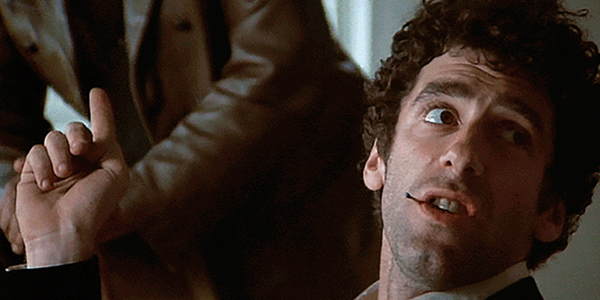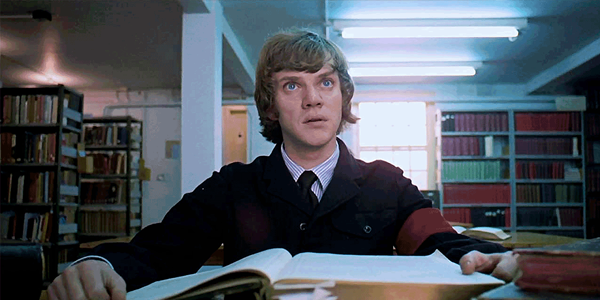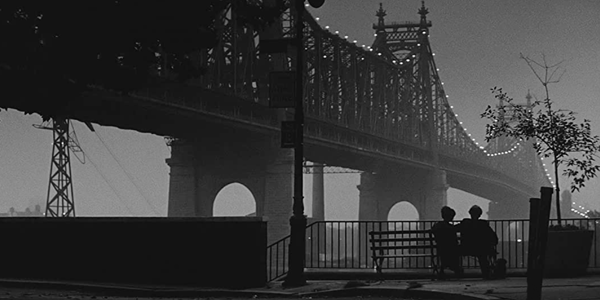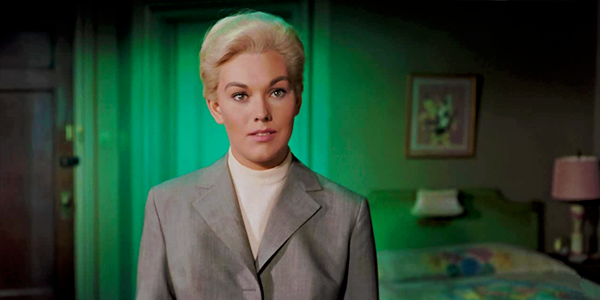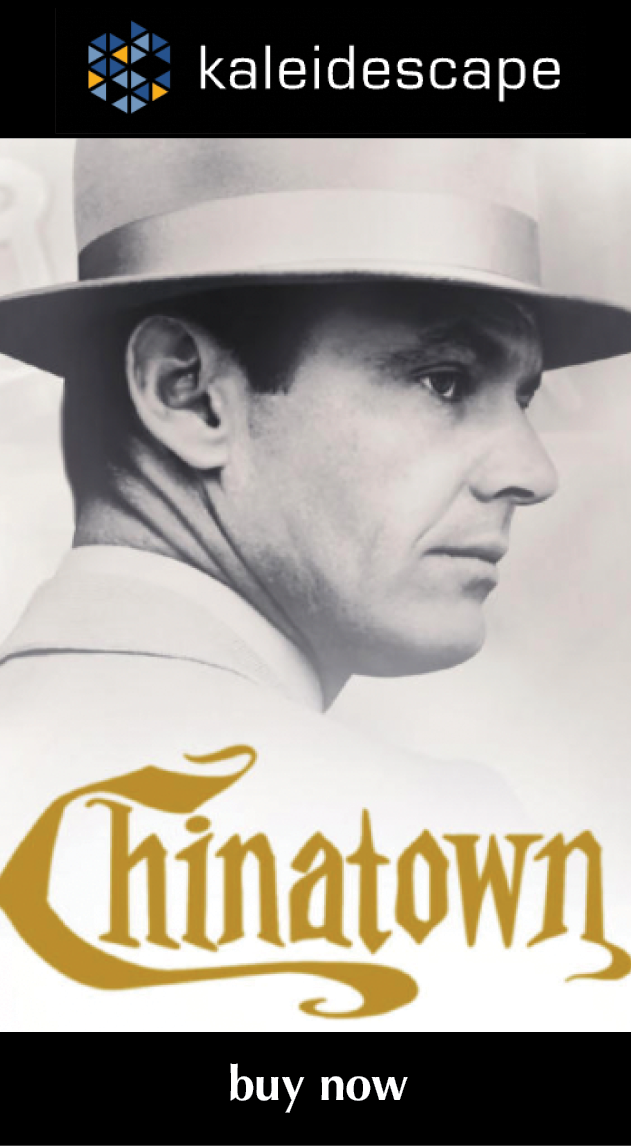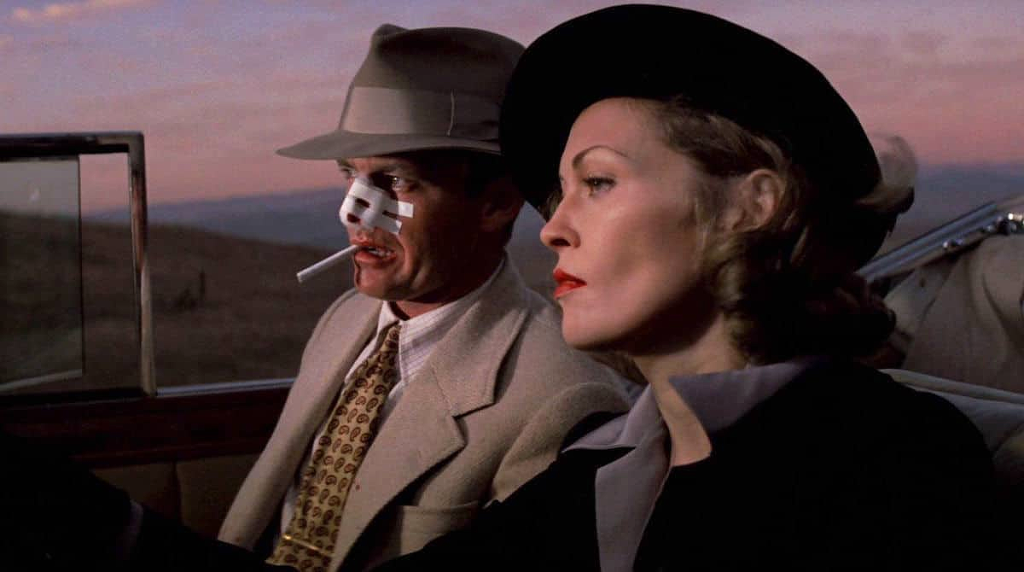
review | Chinatown
This 4K HDR transfer doesn’t begin to do justice to Roman Polanski’s neo-noir classic
by Michael Gaughn
January 17, 2021
Let me get the obligatory reviewer equivocation out of the way right up front: Yes, you should watch Chinatown in 4K HDR. No, this isn’t the transfer this film deserves.
Chinatown is, of course, one of the great films of the ’70s and, given that it was made by a bunch of smug movie-industry types, represents something much greater than the sum of the various talents involved. Call it The Casablanca Effect—a film that rises well above the norm more due to the spirit of the age and the chance gathering of forces than any concerted effort of creative will. Hollywood is designed to ensure that truly great movies can’t get made, and it’s only been the very rare—and now extinct—iconoclasts who’ve ever figured out how to game the system and create anything resembling art. Nobody involved in Chinatown fits the iconoclast MO.
The film has its rough spots. Jack Nicholson never seems entirely comfortable in the lead role and sometimes comes across like a kid playing dress-up. The opening with him and Burt Young is stilted and forced. And some of the secondary casting is questionable, draining the air from some of the scenes.
But this is probably Roman Polanski’s best work (although a convincing case could be made for Rosemary’s Baby) and Robert Towne never came near topping his justly famous screenplay, which successfully updates Raymond Chandler without veering into parody or fawning pastiche.
But pointing out individual contributors detracts from the more important point that Chinatown, as a kind of spontaneously generated entity with a life of its own, perfectly sums up the mid ‘70s by leaning so heavily on the 1930s. Robert Altman took a similar tack at around the same time with his far more auteuristic riff on Chandler, The Long Goodbye. Those films, considered together, reflect a culture toying with the notion that a retreat into the past might be the best response to the turmoil of the ‘60s. They—and to some degree the first two Godfather films—anticipate the emergence of retro and the Reagan era.
But for those without a sociological/political bent, Chinatown still makes for a ripping good yarn. Yes, it cakewalks a lot of the detective-story clichés but takes them dead serious in the service of a tale that’s seemingly about unbridled greed but proves to be about mass complicity in the exercise in cultural corruption that is LA.
Again, if you don’t like to dive that deep and prefer to swim near the surface instead, Chinatown is a mannered but convincing exercise in atmospherics, combining a soundstage-bound Studio Era vibe with a stylized vérité evocation of pre-World War II Southern California.
Given the slow film stock of the time, it’s astonishing how well Polanski and cinematographer John Alonzo capture the lingering LA sunsets and how evocatively they weave them into the fabric of the film. They consistently nail the LA light at various times of day, not by striving for accuracy but by capturing the romantic tinge that was key to the various booster efforts of the time, especially the citrus industry’s legendary orange-crate art.
And that brings me to why I said Chinatown deserves a better transfer. For such a beautiful film, it looks inexplicably dull in 4K HDR. It’s hard to say where the fault lies but this movie should not look this flat.
The biggest problem is with the black levels. You’d rightly expect more nuance in an HDR transfer but the film here looks like it’s trying to ape Gordon Willis’s shadow-driven aesthetic in The Godfather—something Paramount wanted at the time of production but that Polanski fought hard to avoid. Looking at this release with its crushed blacks, and with scenes like the ones in Mulwray’s office so dim they become murky, you’d get the sense the studio prevailed.
Skin tones are wildly inconsistent, with many of the scenes in the first half looking almost monochrome or, at best, like hand-tinted postcards. In an early scene where Nicholson and Faye Dunaway sit outside talking, Dunaway looks like she was dipped in bronze. Given that there are occasional scenes where skin tones look more natural—and certain closeups, like the one of Dunaway in mourning apparel as she lunches with Nicholson, that look stunning—you have to suspect the problem isn’t with the original film. I don’t remember this having been an issue before, and although it could be inherent in the original materials, it’s hard to believe Polanski, Alonzo, or the studio would have signed off on something this all over the map.
All of that said, I again have to emphasize that Chinatown is so engrossing that it’s possible to look beyond all the flatness, blackness, and visual inconsistencies and get caught up in the experience. While I was thrown the first time I watched this new transfer, I found myself much less distracted during subsequent viewings.
On the audio side, Jerry Goldsmith’s score is something of a miracle—not least because he conjured it up in less than two weeks after Paramount rejected Phillip Lambro’s stab at the music. Rather than go wall to wall, which is tempting in any film that leans so heavily on the Studio Era aesthetic, Goldsmith alternates between Mancini-like splashes of the lush main-title theme and very angular, astringent, mainly percussive cues that lend a distinctly ‘70s edginess and anxiety to the proceedings.
Chinatown is a film set almost a hundred years in the past that’s really about an era now almost 50 years in the past but is rooted so firmly in the constants of human behavior that it feels surprisingly fresh and relevant. Polanski lends the material a level of seriousness and perverse humor no other director could have brought to it, while the blindly creative forces of the larger culture then raise all that to a level where few Hollywood efforts are ever allowed to go.
Allow me a moment’s more equivocation on my way out the door: Chinatown is a movie that needs to be seen, and re-seen, and while this isn’t the transfer the film deserves, this is the best it has ever looked at home.
Michael Gaughn—The Absolute Sound, The Perfect Vision, Wideband, Stereo Review, Sound & Vision, The Rayva Roundtable, marketing, product design, some theater designs, a couple TV shows, some commercials, and now this.
PICTURE | Chinatown deserves a better transfer. For such a beautiful film, it looks inexplicably dull in 4K HDR—this movie should not look this flat.
SOUND | Jerry Goldsmith’s score is something of a miracle, alternating between Mancini-like splashes of the lush main-title theme and very angular, astringent, mainly percussive cues that lend a distinctly ‘70s edginess and anxiety to the proceedings
© 2025 Cineluxe LLC


